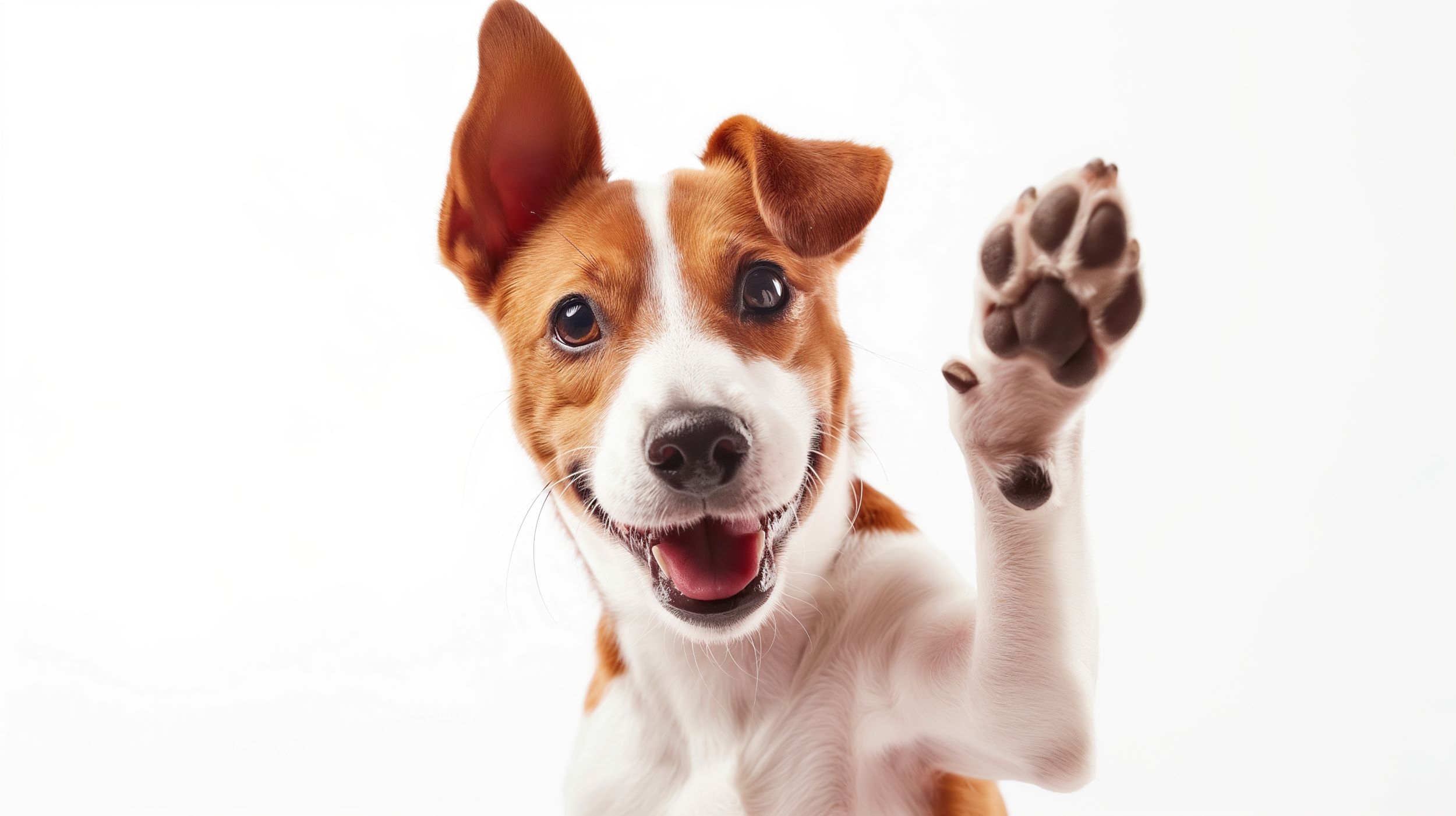Having a dog in the house is a joy for so many people. But that relationship has its ups and downs, too, from a new little puppy deciding to tear into your most expensive pair of shoes to leave puddles and piles on beautiful floors and carpets. But still, having a loving, playful character as part of the family overrides mishaps and misdeeds.
As one might expect, there’s a whole dog world out there that many people know very little about. There’s much to consider when adopting or buying a dog: the kind of breed, disposition, whether it’s long hair/short hair, sheds/doesn’t shed, hypoallergenic or not, miniature to giant, weight, longevity of life, breeding, and lineage, pet or show quality, lapdog or outdoor/sporting dog, likes people and is good with kids or not, likes digging holes or swimming. There’s a lot to consider, including why one wants a dog in the first place.
Whatever the decision, just know the dog world is extensive, widespread, and has a lot going on. FYI, 65.1 million people own dogs and there are approximately 89.7 million dogs in the US. By the end of 2024, pet owners are projected to spend $150 billion on pets.
Let’s begin with the “why” behind getting a dog, of which there are a multitude of reasons. Many times, it’s for companionship and/or protection. Sometimes it’s just because someone in the family really, really wants one. Or it may be that a person is in the dog business from dog showing to gain championship status and breeding rights, to training dogs for stage and screen. It could be that a dog is needed as a support or service animal. And, sadly, there are those for whom dog breeding is simply a business to make money from and the health and well-being of the dog and breed as a whole is of little consequence.
One of the reasons for bringing a dog into the family is for the amount of pleasure one can gain from a four-legged pet. When it’s been determined why a dog is wanted, then it’s time to get online and begin the process of determining which breed to get.

In total, there are approximately 195 to 500 dog breeds globally, including those that are recognized by the American Kennel Club (AKC) and other organizations and experimental breeds.
- The AKC lists 201 breeds with full recognition.
- The Federation Cynologique International (FCI) recognizes 360 breeds.
- The United Kennel Club (UKC) in the US recognizes 376 breeds.
- Britain’s Kennel Club, the oldest multibreed dog registry, recognizes 222 breeds.
Additionally, there are seven groups of dogs to research: hound, working, sporting, terrier, toy, non-sporting, and herding. Each of these has inherent characteristics that need to be taken into account, as well as whether they fit with the needs of the family. For those who like hunting, then a toy breed wouldn’t be appropriate. For those wanting just a family pet, then a working dog that needs plenty of daily outings for exercise might not be a good fit.
Interestingly, more breeds are constantly being developed as breeds are mixed to favor specific tendencies that are trending socially, such as whether a dog sheds or not and is hypoallergenic or not. Some breeds require more effort and energy output than others. Breeds with long hair require constant grooming. Outdoor dogs can get into all sorts of things that could involve extra trips to the vet, like dustups with a porcupine, raccoon, or mountain line. For those on farms, accidents can happen from getting stomped on, bitten, or rammed by large farm animals.
For most people, the choice is going to be based on four things: 1) looks, 2) one’s emotions regarding having a dog, 3) past experiences concerning dogs from television and movies to real life, and 4) the nitty-gritty of taking care of a dog from raising and training it to care and feeding.
Usually, we start with what breeds we’re already familiar with and are attracted to. One’s choices then need to be juxtaposed against why a dog is wanted and what would work best for the family and its needs. Some breeds require a great deal of daily exercise. Others just want a warm lap to nap on while watching soap operas.
What also has to be considered are the physical attributes of the breed and whether, because of overbreeding or heightened breeding standards, there are built-in physical and medical issues that could require additional attention and vet costs. Some physical traits can be a drawback such as with pugs, bulldogs, and American Bully dogs that can snore as loud as a freight train — not what you desire when trying to get a good night’s sleep.
One way to find the right breed is to check out what the top breeds are:
| 25 Most Popular Breeds | ||
| French Bulldog Labrador Retriever Golden Retriever German Shepherd Poodle Bulldog Beagle Rottweiler German Shorthaired Pointer | Dachshund Pembroke Welsh Corgi Australian Shepherd Yorkshire Terrier Cavalier King Charles Spaniel Doberman Pinscher Cane Corso Miniature Schnauzer Boxer | Great Dane Shih Tzu Bernese Mountain Dog Pomeranian Boston Terrier Siberian Husky Havanese |
Of course, there are a number of exotic breeds to choose from. In deciding on a breed, the decision needs to be made whether to purchase or adopt the dog from a reputable breeder, a pet store, the ASPCA or animal shelter, or just the next-door neighbor whose dog had a litter, and they want to give the pups away for free. If choosing a breeder, it’s really helpful if the breeder is local so in-person visits can be made to see the breed live, talk with the breeder about the ins and outs of that particular breed, and also determine if one particular puppy establishes that all-important connection being looked for in a pet.
Once a dog has been brought into the family, the number one priority is to have the dog trained because a dog that’s bonkers not only keeps the dog stressed but stresses out the entire family and any visitors. Dogs need boundaries, they need to know where they are in the family hierarchy. If dogs are pampered, spoiled, and allowed to do whatever, they won’t be as fully enjoyable to be around as they could be. What is usually the case is that the owners — the entire family — need to be trained, too!

Both dogs and humans need to know what’s acceptable and what the dos and don’ts are of having a pet. That also extends to dietary dos and don’ts. Dogs, as much as they give us those sad, puppy eyes when we’re sitting at the dinner table should never have what we’re having. Dogs have their own dietary needs that work for their bodies. What humans put into their bodies is a whole ‘nother story and can seriously affect the dog adversely either now or in the future!
Though the idea of having a dog is often based on pleasure, they are also an additional responsibility. Since they can’t talk, learning the various signals they use to convey messages is very helpful. A number of videos and books describe the life of dogs, all of which can be helpful in creating a life that works for both animals and humans.
Though dogs are often only with us between seven to twenty years — depending on the breed and their size — they leave an indelible mark on our hearts. As Erica Jong wrote, “Dogs come into our lives to teach us about love. They depart to teach us about loss. A new dog never replaces an old dog, it merely expands the heart.”
What a gift dogs can be for us to learn ever-greater patience, tolerance, responsibility, spontaneity, playfulness, wonder, and, of course, unconditional love. It’s a win-win for everyone!


